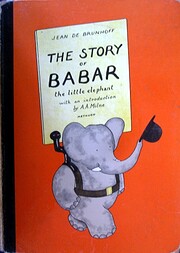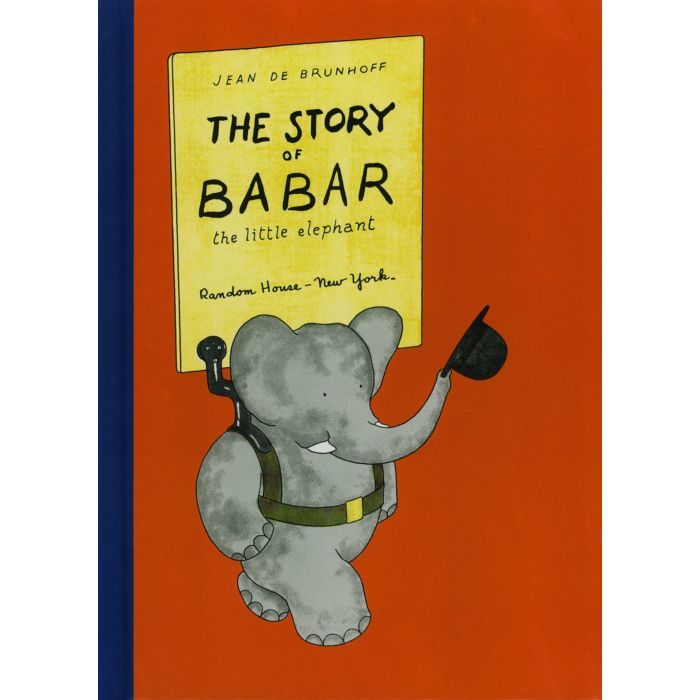

One social concern particularly close to Babar's heart is elephant poaching by ivory hunters. Though he does not intentionally insert messages or lessons to his young readers, he said: ''I want to entertain but all the stories include an atmosphere of understanding and love. His wall has been filled with pencil sketches for a new volume, tentatively titled ''The Rescue of Babar'': ''Something about finding a kind of lost city of elephants,'' mused the author, ''good or bad, I'm not sure.'' When he creates a new book, the sketches and story evolve simultaneously, generally taking about a year. de Brunhoff considers himself primarily an artist, not a storyteller. Laurent de Brunhoff's first book, ''Babar's Cousin: That Rascal Arthur,'' was published in 1946 when he was just 22. First BookĪfter Jean de Brunhoff's death in 1937, the Babar story lay dormant for nine years. Babar was so successful, Jean de Brunhoff wrote six more. The little volume he produced, ''The Story of Babar,'' intended only for his own children, was printed by two uncles, both publishers. He created a series of watercolors of an elegantly dressed royal elephant and his gentle Queen Celeste. The next day the boys detailed the whimsical adventures of King Babar, the intrepid elephant, to their father, an artist. The original tale was created by Cecile de Brunhoff as a bedtime story for her two little boys, 5-year-old Laurent and 4-year-old Matthieu.

Readers are often unaware the Babar series has two authors. de Brunhoff's father, Jean, began the French children's series in 1930. Laurent de Brunhoff, the author and illustrator of more than 30 Babar storybooks, now makes his home on the Wesleyan University campus with his companion, Phyllis Rose, an author and English professor. BABAR, the dapper king of the elephants, has happily resettled from France to Middletown.


 0 kommentar(er)
0 kommentar(er)
